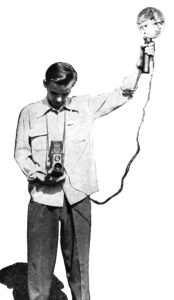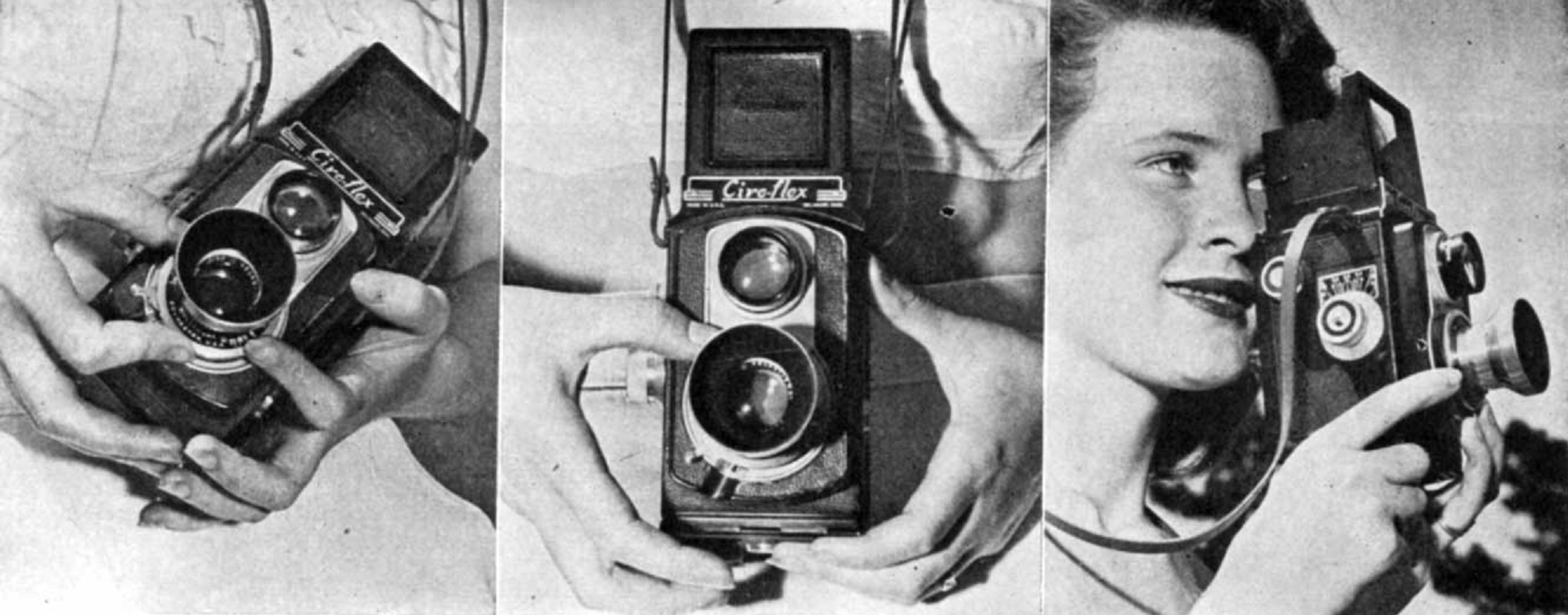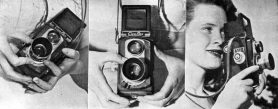 A common question I often see asked in classic film or vintage camera discussion groups like Vintage Camera Collectors on Facebook, is for advice on what is an inexpensive way to get into medium format film. Like most questions asked by people new to the hobby, the correct answer usually starts with “it depends”. And even when the person asking the question provides more details about what they’re actually looking for, the advice given usually spans the gamut of semi-pro cameras like the Mamiya M645, some kind of folding camera like a Zeiss-Ikon Nettar, or a Twin Lens Reflex camera like a Rolleiflex.
A common question I often see asked in classic film or vintage camera discussion groups like Vintage Camera Collectors on Facebook, is for advice on what is an inexpensive way to get into medium format film. Like most questions asked by people new to the hobby, the correct answer usually starts with “it depends”. And even when the person asking the question provides more details about what they’re actually looking for, the advice given usually spans the gamut of semi-pro cameras like the Mamiya M645, some kind of folding camera like a Zeiss-Ikon Nettar, or a Twin Lens Reflex camera like a Rolleiflex.
TLRs like the Rolleiflex are often good suggestions for new photographers because they are easy to use, make great quality photos, and have a distinct look that appeals to most people. The problem with Rolleiflexes though, is that what one person considers “inexpensive” may not be the same as someone else. And if you fall into that latter category, your choices for an affordable TLR usually turn to another brand.
One such brand that isn’t often the first, second, or even third most commonly recommended TLR is Ciro. Ciro-Flex TLRs were produced by an American company between the years of 1941 and 1953, at which time the final model in the line, the model F, was re-branded as the Graflex 22.
I have previously reviewed a Ciro-Flex D back in October 2015, so if you’d like to know more about that camera and see some results I got from it, check out that review, but for this article we take a look at a thorough eight page review first published in the October 1950 issue of Modern Photography.
 Back then, American made cameras like the Ciro Flexes were seen as bona-fide alternatives to more expensive German cameras like the Rolleiflex. While the build quality and list of features was not up to par with their European counterparts, these cameras were no slouches, and represented a significant cost savings.
Back then, American made cameras like the Ciro Flexes were seen as bona-fide alternatives to more expensive German cameras like the Rolleiflex. While the build quality and list of features was not up to par with their European counterparts, these cameras were no slouches, and represented a significant cost savings.
Author, Ford Bancroft thoroughly explores Ciro-Flexes models B through F, covering their use, accessories, and lenses, offering useful tips for flash photography, maximizing depth of field, and shooting the camera candid. His review is mostly positive saying it was easy to use and the Wollensak designed lenses and shutters delivered sharp results. On the negative side, he commented that the camera felt front heavy, especially with the focus set to the minimum setting, and he did not care for the position of the cable release.
Nevertheless, at prices ranging from $76.98 to $148.75, the camera was a heck of a bargain for someone wanting to get into medium format back then, a recommendation I would say is still true today. Whether you are a fan of TLRs in general or just want to try out medium format film, you could do a lot worse than picking up a nice Ciro-Flex.
All scans used with permission by Marc Bergman, 2019.











The cool thing about the Ciro-Flex is that they sacrificed complexity and glitzy doodads to hold the cost down, which gives it 2 advantages: the first and most obvious is that they maintained good quality in the lens and shutter, which (in the C and E models) are the same pieces that equipped the much more expensive Ansco Automatic Reflex; but the second and bigger advantage is that being so simple, there is very little in it that can go wrong. Where other cameras might suffer from wear in the shutter cocking linkage or the frame counter system, the Ciro-Flex can’t fail because it doesn’t have those things in it. It’s really a hard camera to beat for reliable quality at a low cost of entry. I would stick with the Rapax-shuttered models, though, because the shutter release on the self-cocking Alphax shutter is a little rough and can lead to camera shake that affects image quality.
You make a good point about the Rapax shutter I never considered. Mine has the Alphax and while it’s an OK shutter, I do not like the self cocking shutter release because the motion from rest, cocking, and firing is far too long. I had the same complaint about the Argoflex EF with the same shutter. I need a Ciro Model F!
I completely concur with you Richard. My Ciro-Flex Model C has relegated my Ansco Automatic Reflex to “shelf queen” status. The camera is just so simple and easy to repair.
I’ve also found that the Alphax, with the longer shutter throw and subsequent camera shake, is also far less reliable than the Rapax. Or at the very least, that has been my luck… Every Alphax shutter I’ve encountered has a nasty tendency to jam at an inopportune time.
Very interesting. I own a few of these nice cameras including one that still has it’s box and papers from the original owner in Massachusetts. Sadly all the ones Iv’e seen here in New England are inoperable rust buckets. For some reason they seem to rust like crazy.
One other point in favor of the Ciro TLRs (as well as those from Ricoh and Yashica) is that the lens / film plane relationship stays in proper parallel alignment over time. Compare that to folding / bellows 6×6 and 6×9 cameras from Certo, or Balda, Ihagee, or even Zeiss: Over time most of these suffer problems with rigidity of the front lens standard. And when it becomes insecure and subject to even slight angular movements relative to the film plane, corner-to-corner sharpness is lost.